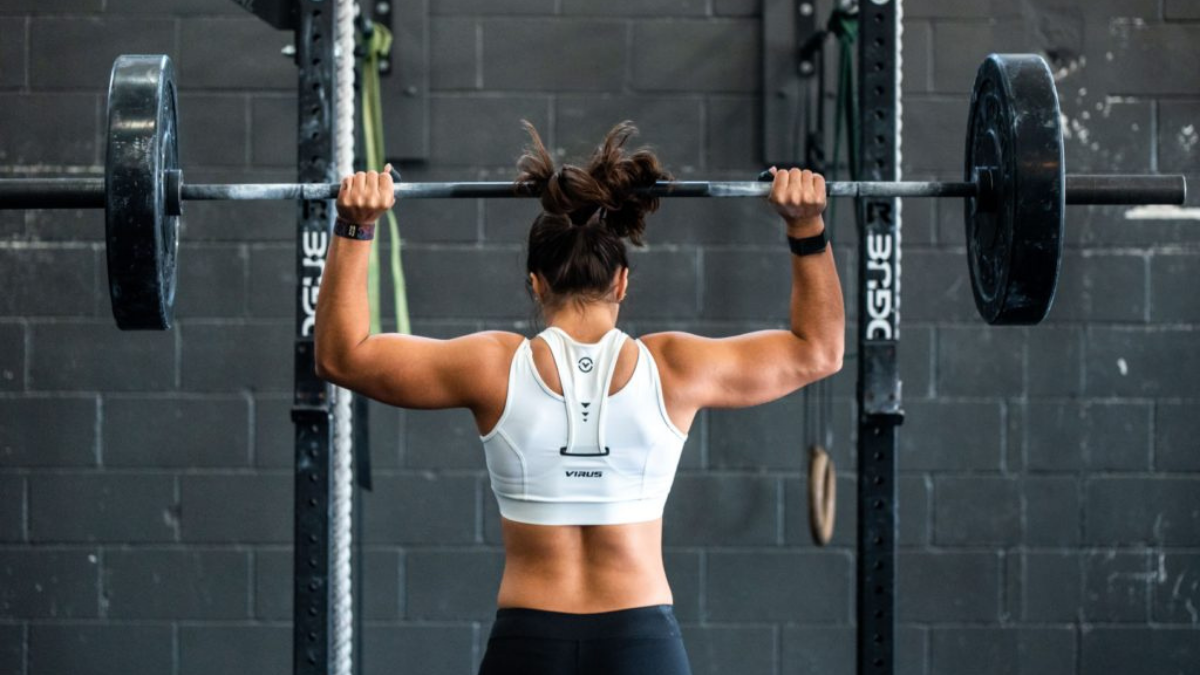According to Allied Market Research, the global activewear industry is expected to reach nearly $547 billion by 2024. The growth of this industry is reflective of independent fashion and sports brands developing their own sport wear ranges, competing with traditional sportwear retailers.
For those looking to start their own activewear range or perhaps add to an existing product line, there are many things to consider in the development and manufacturing of your new sportswear. With years and experience and trusted partners, the GHL team is well placed to support both independent brands and large organisations with their product ranges. This case study highlights the process of working with an existing client who wanted to add to an existing sportwear range and provide gym goers with durable and versatile high-performance sports shorts.
So, when designing sportswear, what are the key aspects to consider?
Designing activewear
The design for your activewear is important. Not only do the dimensions/sizing differ between each type of clothing, they need to be versatile and able to adapt. The shape of the clothing will affect its flexibility and may enhance or diminish its effectiveness.
Whether you include different materials, for example, a mesh lining under shorts, will be something to consider. How will all the materials fit and work together? How will pockets affect the versatility of the clothing?
How the clothes fit will greatly affect the quality. Nobody wants to keep tugging tops down or pulling shorts up. Well-designed pieces will fit comfortably and securely.
Identifying the end user
The goal of any clothing brand is to sell to market. How your activewear will be designed largely depends on who the end user is and what its function will be.
Its function will change depending on its use and this can also affect the style. For example, elite athletes will require different materials and even different cuts to ensure that the clothing is versatile and durable for high activity sports.
Part of identifying the end user will mean looking at the cut of the clothing. Plus size options are necessary to meet demand, especially in rugby. You may also want to consider XS sizing.
When assessing the end user, functionality is key, but the market also needs clothing to be fashionable. Focusing too much on the fashion aspect can mean lower quality activewear, so aim to balance functionality and fashion.
The best materials for sportswear
Materials are arguably the most important part of the design. What your sportswear is made of will impact quality, sales and durability.
Sportswear should be three things:
- Hardwearing
- Versatile
- Stylish
The materials you choose will impact all points, but specifically how hardwearing and versatile they are.
Not all activewear is the same, so material changes depending on its uses. For example, clothing for yoga will differ from running as one is high activity and one is low. Yoga also requires a lot more flexibility.
The main materials used for sportswear are polyester, nylon, cotton and spandex. Each come with their own pros and cons.
Let’s start with cotton. Many like cotton for its comfort and how it feels to wear. The problem occurs if the cotton isn’t blended with more technical fabrics. This is because cotton by itself will absorb moisture leaving the clothing feeling heavy. It is great for loungewear but, on its own, can be problematic for more active use.
Elastane is a great material for activities requiring flexibility. It’s a versatile fabric and used in a lot of sportswear. Tight-fitting clothing uses it for its ability to allow the body to move comfortably. However, the material is known to lose some of its elasticity after being repeatedly thrown in the drier or ironed. This can be counteracted by including a warning on the label. It’s a great material to use for more flexible activities like yoga.
In terms of functionality, elite athletes will require different material to ensure the product is fit for purpose. Lycra is better than elastane but more expensive. This may price you out of the weekend warrior market but open the door to elite sports.
Polyester is a common choice because it is inexpensive and can be recycled. It’s less absorbent than cotton and unlikely to shrink when washed. However, although polyester is quite durable, it’s not as durable as nylon.
Which brings us to our next material: Nylon. Nylon is a strong and durable material with low absorbency and with treatment, can be given quick dry properties. Nylon fibres are smooth and long-lasting, adding to its durability. The only real downside to nylon is that it doesn’t absorb dye very well, so it is difficult to achieve saturated colour when digital printing. As with Lycra, Nylon is a great option in opening the door to the elite sports market.
The final material is becoming more popular, although not widely used. Bamboo is comfortable, durable and resilient, with natural moisture-wicking properties and a great ability to keep you cool. The material is also sustainable, which makes it a good choice for those who are conscious about the sustainability of their products. However, bamboo is more expensive than cotton and white bamboo can yellow over time. Its breathability means it is great for all types of activities, especially those more active.
Manufacturing your sportswear
The final thing to consider for overall quality is the manufacturing. Even with the right materials and design, sportswear can diminish in quality with poor manufacturing.
To ensure that your sportswear is produced to the best quality available, you will need a manufacturer that uses the right machinery and has a high standard for quality control.
Pre-shrinking machines and auto-cutting machines, as well as a variety of others, all work to create the final product. Making sure the manufacturer has all the machines necessary and they’re working well is vital. The turnover date will depend on how many can be produced at a time and this relies on every part of the manufacturing, including the machinery.
Quality control is one of the most important aspects of manufacturing. Ensure the manufacturer has inspections in place to produce the best quality products. Inspections of materials, cutting and the final product means your product is checked throughout and the best quality is provided.
If you would like to discuss your existing product line or need guidance on where to start with developing something new, book a call with our team so we can set you on the right track.



